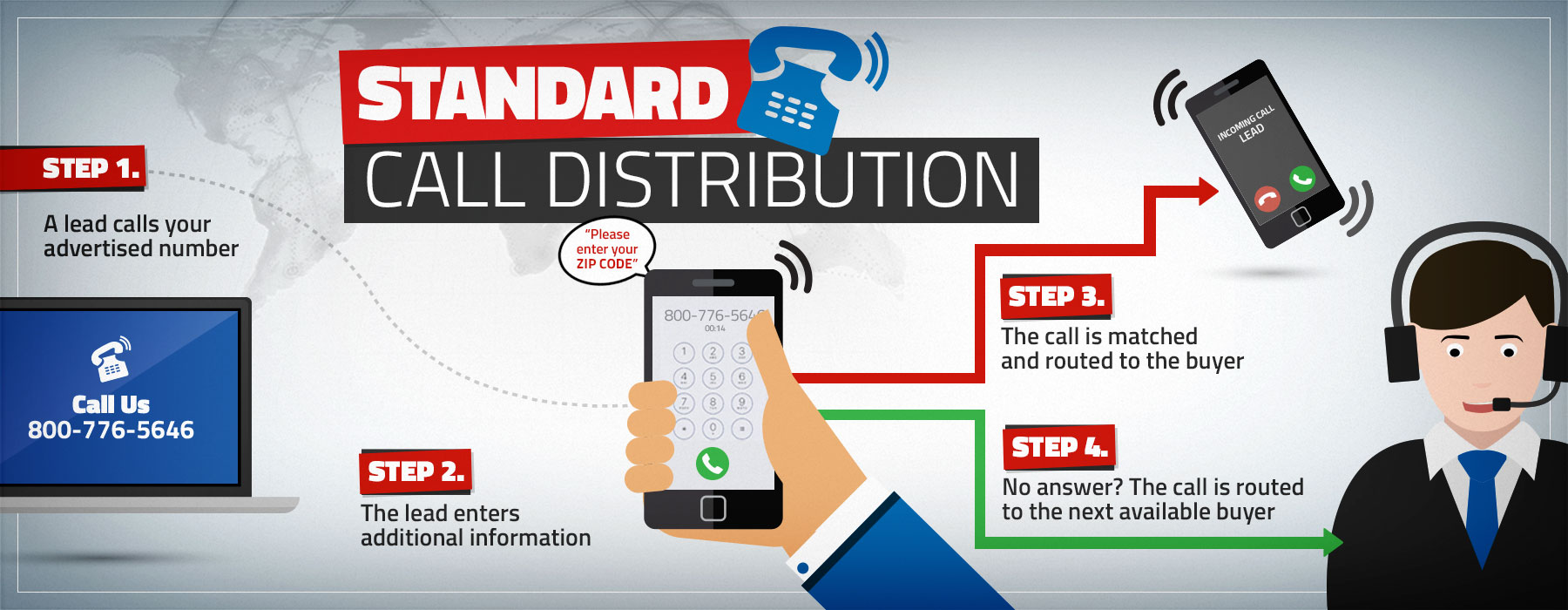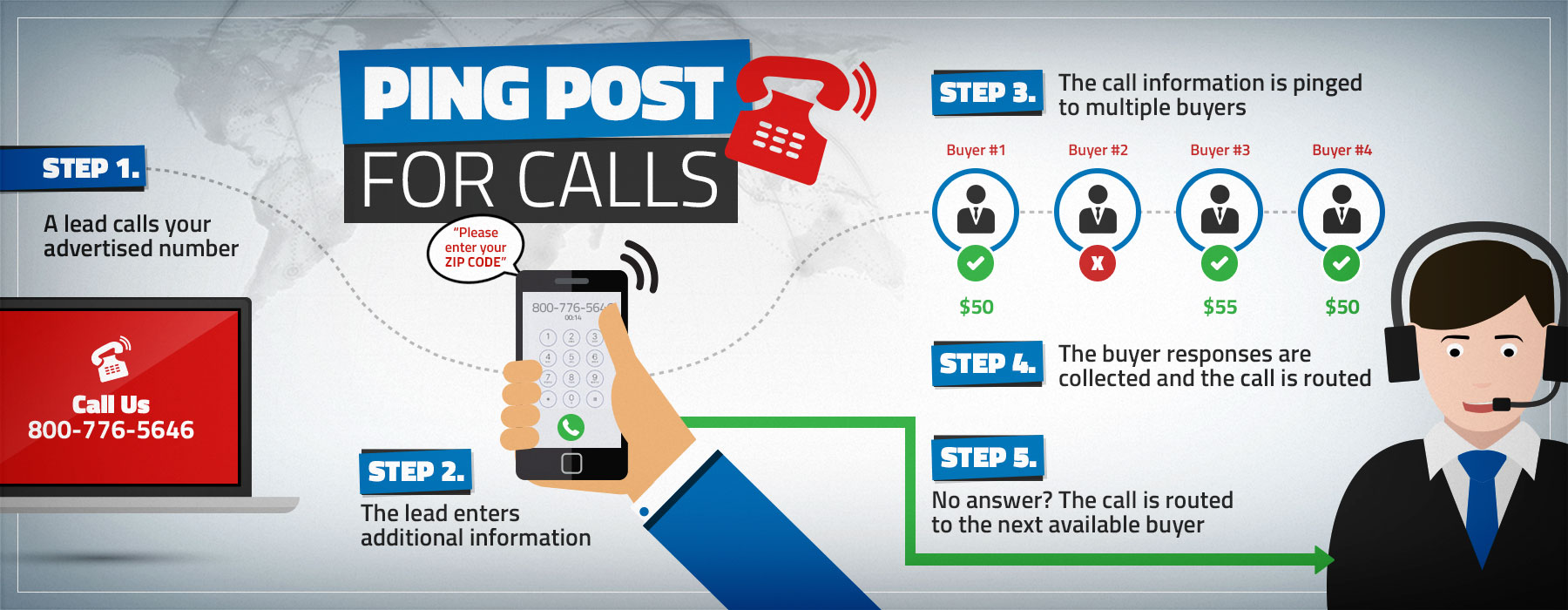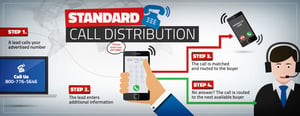If you read an earlier piece I wrote on the Amazon Echo project we have been working on, you might have noticed the name pingring.com. We purchased that name a few years back to focus on the push of making the ping post process work for buying and selling phone calls. As it seems with most things in life, it has taken longer than planned to get ping post for calls working and in the meantime we decided to reuse the domain name for another purpose.
However, we are finally starting to see some other companies talk about it and bring ping post for calls to life so we have started deploying it in the boberdoo lead distribution system. If you're not familiar with ping post, read this page.
In short, ping post is the process of pinging partial lead information to multiple potential lead buyers. Those buyers then automatically respond whether or not they would like to purchase the lead and at what price. The lead seller then aggregates all responses and sells the lead to the highest bidder. This entire process happens via server to server communication in just seconds. Ping post is great for all parties involved and it's no surprise that it is finally starting to emerge for phone calls as well. But how does it work?
Traditional Phone Lead Process
Let's start by taking a look at the current call selling process.
- A lead sees your TV commercial or online ad and calls the phone number shown on the screen.
- (Optional) A brief IVR asks the lead to enter their zip code or other information that can be captured via number input.
- The call is matched to three buyers who are sorted based on the fixed price they are willing to pay for the call or a priority ladder that you set. Once the call routing system determines the correct buyer, the caller is routed accordingly to the first buyer.
- If the first buyer does not pick up, we attempt the second and so on.

Ping Post For Calls
The ping post process is different. With this feature, we are using the data we know about the lead to cast a wider net.
- A lead sees your TV commercial or online ad and calls the phone number shown on the screen.
- (Optional) A brief IVR asks the lead to enter their zip code or other information that can be captured via number input.
- The call details are pinged to as many buyers as you'd like. This ping is just like a data ping where we are asking another company to check their buyers.
- Potential buyers can then respond to the ping with a bid if they are interested in receiving the phone call. Each of these responses are aggregated to determine the top three buyers before routing the call to the top option.
- If the first buyer does not pick up, we attempt the second and so on.
This entire process occurs at the time the lead places the call (and submits additional information via IVR). Because of this, the whole process needs to happen in just seconds to avoid elongated holding periods for the caller.

Additional Phone Matching Options
Ping post for calls is likely the future of call generation and distribution, but there are also several other call matching technologies that very few lead generators are aware of.
Some of our clients match phone calls based on priority levels. A priority 6 will always get a call over a priority 5. We also have weighted logic matching that is a little like priority but with target goals and a slightly more complicated way of balancing distribution. Some of our clients match phone calls based on price. A buyer set to pay $50 per call will get priority over a buyer paying $40.

When we compare this buyer against other buyers we would use $90 as the price to compare when determining who gets the call first and not the charge amount of $100. If you get buyers that miss a lot of calls or cut them short, using this method really makes the most sense.
What You Should Expect
Though ping post for calls is just getting its legs, we think that long term it will be the best way for lead companies to make sure that their leads are matched with providers that can assist them immediately. It is a more efficient market and helps everyone involved.
We will keep you updated on the progress of our ping post for calls option. If you're interested in learning more about this new feature or any of the call routing options mentioned in this post, please give us a call at 800-776-5646 or fill out the form below.


